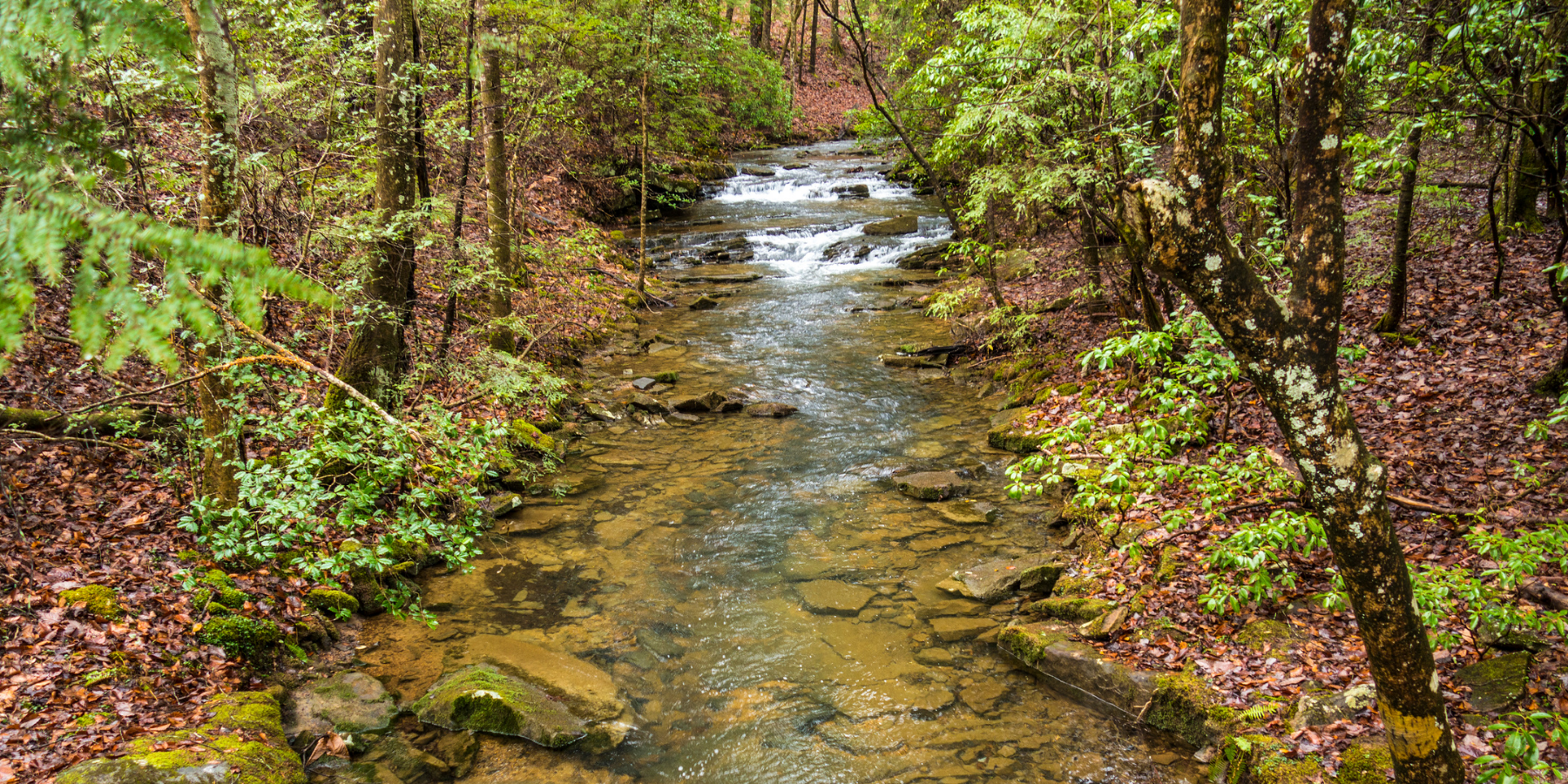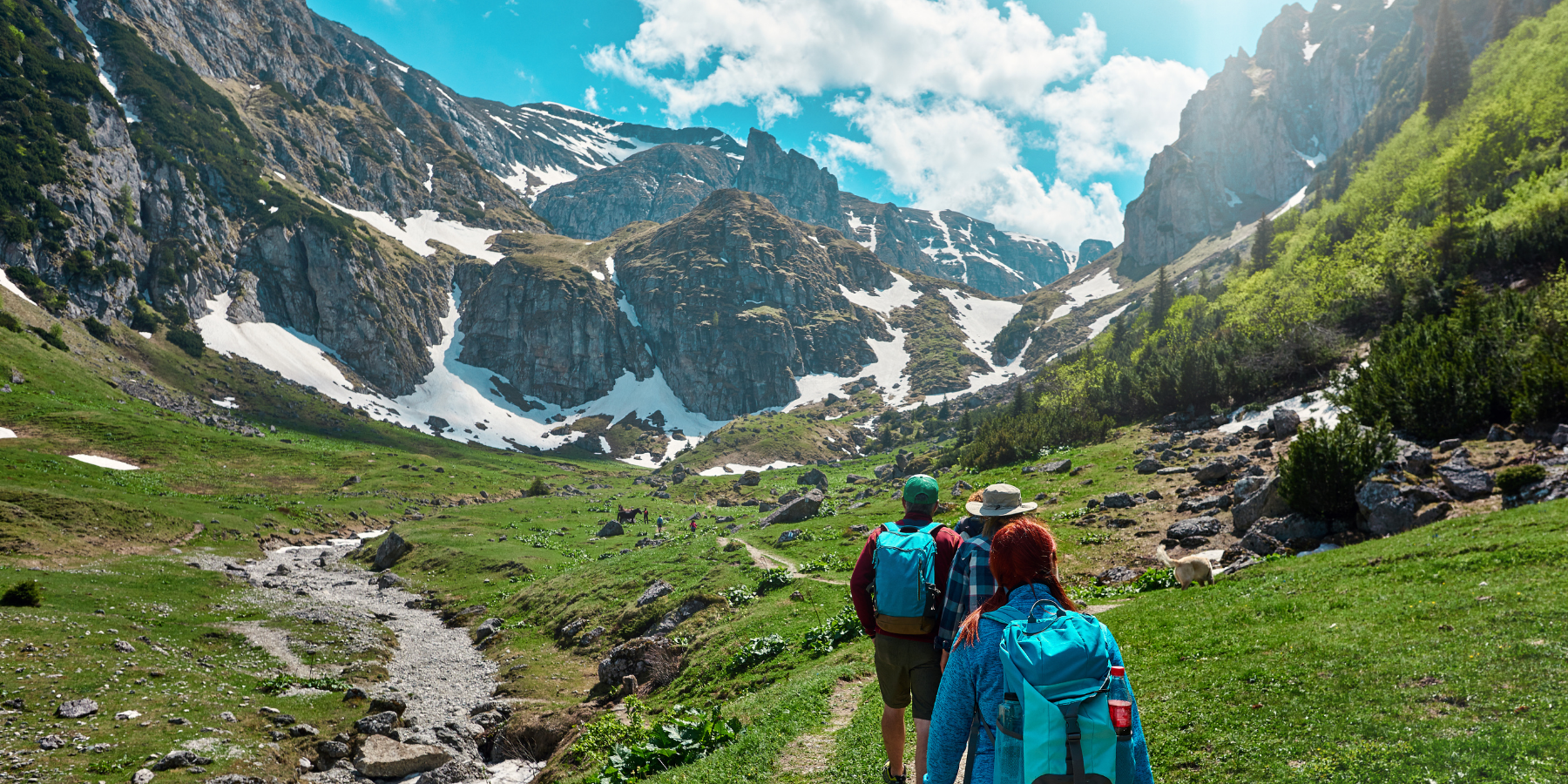
The outdoor industry already faces a volatile landscape in 2025, marked by ongoing tariff threats, inflationary pressures, and shifting consumer behaviors. Rory Sutherland's insightful post (written in August 2020) on the role of creativity in marketing during uncertain times provides a strong foundation for this discussion. Drawing from his analogy of high-K and low-K strategies, outdoor brands must lean into lower-K strategies to navigate the current environment effectively.
Understanding High-K and Low-K Strategies
The high-K and low-K principle originates from the r/K selection theory in evolutionary biology. "K" refers to the carrying capacity of an environment, which is the maximum number of individuals of a species that the environment can sustain over a long period. In nature:
-
High-K Approach (K-Strategists): High-K species invest heavily in fewer offspring, ensuring higher survival rates through prolonged care and resource allocation.These species dominate stable environments where competition for limited resources is intense. Their strategy is to maximize success within the carrying capacity of their habitat. Examples include elephants and humans.
-
Low-K Approach (r-Strategists): Low-K species prioritize quantity over quality. They produce many offspring with minimal parental investment, ensuring that at least some survive in unpredictable or unstable environments. These species thrive in environments prone to disruption, such as after natural disasters or in newly formed ecosystems. Their strategy is to exploit resources quickly before conditions change. Examples include insects and weeds.
High-K Business Approach:
-
Businesses focus on carefully planned investments with significant resource allocation.
-
They target niche markets with precision and aim for long-term stability.
-
Example: A luxury outdoor brand might invest heavily in R&D to create premium products for a small but loyal customer base.
Low-K Business Approach:
-
Businesses adopt flexible, opportunistic tactics to explore new opportunities with minimal upfront investment.
-
They focus on rapid experimentation and broader outreach.
-
Example: A startup might launch multiple affordable product lines quickly to test market demand.
Why Low-K Strategies Are Vital During Uncertainty
In times of volatility, such as economic instability, a pandemic, or tariff threats, low-K strategies often outperform high-K approaches because they emphasize adaptability and resilience:
-
Risk Mitigation: By diversifying efforts (e.g., launching multiple campaigns or targeting varied demographics), businesses reduce reliance on any single outcome.
-
Opportunity Discovery: Broad-scale outreach can reveal unexpected markets or customer segments.
-
Speed and Agility: Quick iterations allow businesses to respond rapidly to changing conditions.
Digital Marketing and Communication Strategies
Here are 10 low-K strategies that can help outdoor brands weather the current volatility:
-
Embrace Authentic Storytelling
Outdoor brands excel when they connect emotionally with their audience through authentic storytelling. By showcasing real stories of adventurers, employees, or customers, brands can foster deeper connections with their audience. -
Highlight user-generated content
-
Share behind-the-scenes stories about product development or sustainability initiatives
-
Shift Focus to Casual Outdoor Enthusiasts
The casualization of outdoor activities is a growing trend, with new participants seeking accessible and low-barrier ways to enjoy nature. -
Develop marketing campaigns targeting this growing demographic
-
Promote versatile products appealing to both casual users and enthusiasts
-
Use inclusive messaging to demystify outdoor recreation
-
Leverage Shoppable Social Media Content
Social media is no longer just an advertising channel; it’s an ecosystem for engagement and commerce. -
Create shoppable posts on platforms like Instagram and TikTok
-
Collaborate with authentic influencers
-
Use interactive features like polls, live Q&As, and AR filters
-
Build Community Through Word-of-Mouth Marketing
Recommendations from friends, family, and trusted communities remain powerful drivers of purchasing decisions. -
Encourage customers to share experiences through referral programs
-
Foster online communities for outdoor enthusiasts
-
Partner with micro-influencers who have strong ties to niche communities
-
Invest in Sustainability Messaging
Although inflation may make consumers less willing to pay a premium for eco-friendly products, sustainability remains a key value for many outdoor enthusiasts. -
Highlight commitment to reducing carbon footprints and using sustainable materials
-
Advocate for public land conservation efforts
-
Use transparency to build trust, such as publishing annual sustainability reports
-
Adapt Pricing Strategies Amid Tariff Uncertainty
With potential tariffs looming, pricing strategies must be agile. -
Offer tiered pricing models for different customer segments
-
Introduce subscription services for gear rentals or maintenance
-
Communicate the value of domestic manufacturing if applicable
-
Develop Resale and Circular Economy Programs
Resale markets are growing as consumers seek affordable and sustainable options. -
Launch buy-back or trade-in programs for used gear
-
Partner with second-hand outdoor equipment platforms
-
Market these initiatives as cost-effective and environmentally responsible
-
Use Data Analytics for Hyper-Personalized Campaigns
Data-driven marketing allows brands to deliver highly targeted messages. -
Segment audiences based on activity level, location, or interests
-
Personalize email campaigns with tailored recommendations
-
Employ predictive analytics to anticipate trends and adjust inventory
-
Explore Immersive Digital Experiences
Technology integration is reshaping how consumers interact with brands. -
Develop AR tools for product visualization
-
Create virtual tours of outdoor destinations featuring products
-
Host webinars or live streams with athletes or experts
-
Prioritize Hybrid Retail Experiences
The line between online and offline shopping continues to blur. -
Enhance physical stores with digital touchpoints
-
Offer options like buy online, pick up in-store (BOPIS)
-
Use geotargeting for personalized offers near store locations
Final Thoughts
For outdoor brands navigating 2025's challenges, this means being creative, flexible, and community-focused. By embracing low-k strategies, outdoor brands can build stronger connections with their audience while staying agile enough to seek out new opportunities for growth.






Share:
Why Email Welcome Offers Don’t Attract Low-Value Customers
The ADventure Shelter: Revolutionary "Paid Media Tent Ads"